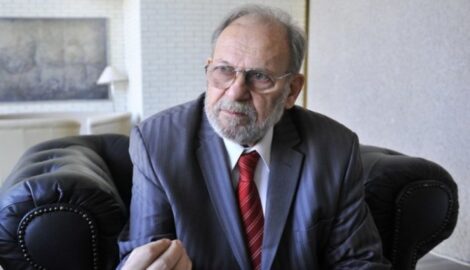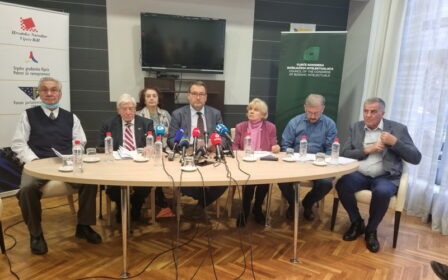Immigrants prosper, build cities, commit fewer crimes

After the devastation of Hurricane Katrina in 2005, more than 100,000 Hispanic construction workers helped rebuild the city. Then President George W. Bush, who was criticized heavily for mishandling the disaster, suspended ICE operations in the region, but he, unfortunately, waived federal minimum wage requirements.
These hard-working men bunked by the dozens in shabby motel rooms, and they went to work every day putting in long hours. As is the case with many other immigrant laborers, wage theft was common among the corrupt contractors who hired them.
These Hispanic workers liked New Orleans so much that many of them sent for their families, and they also improved their skills as plumbers, electricians and appliance repairmen. The Hispanic population increased 21 percent between 2000 and 2010, and they have started new businesses at a rate 32 percent higher than non-Hispanic enterprises.
In his book, “Barrio America,” historian A. K. Sandoval-Strausz documents this phenomenon across the nation. For example, Hispanic workers rebuilt Dallas’ Oak Cliff neighborhood and they revived the commercial district in Chicago’s Little Village.
Hispanics are one of the primary components of the nation’s service industry, and they have the highest labor force participation rate of any demographic. That means that if any jobs are available, Hispanics are, more than any other workers, willing to take them.
From 2002 to 2009 Hispanic-committed violent crime in Arizona fell by 22 percent, while the number of non-Hispanics in this category went down only 15 percent. For the same period Hispanics arrested for drug offenses decreased by 6 percent, while the non-Hispanic number increased 6 percent.
These data are not out of date. For example, El Paso, Texas, 80 percent Hispanic, continues to be the safest city in the U.S. Its homicide rate — 2.4 per 100,000 — compares favorably to European cities.
St. Louis University economist Jack Strauss has found that “foreign-born residents of metro St. Louis, on average, earn 25 percent more, are 44 percent more likely to have a college degree, and are 60 percent more likely to start a business than their native-born counterparts. They tend to cluster in growing industries like technology, healthcare and biotech.” Bosnian Muslims have rebuilt a once deserted industrial area in East St. Louis.
Bosnian Americans number about 122,000, and 70,000 of them live in St. Louis — 40,000 of whom are refugees from the Bosnian Civil War of 1992-95. Most of these prosperous immigrants are Muslims, and they still remember the mass execution of 7,000 of their men and boys by Serbian Christians in 1995.
Initially facing resistance from some elements of the community, the Bosnian Muslims persevered. As M. W. Sanchez explained: “They improved the safety of their neighborhoods, built three mosques, formed a Chamber of Commerce, and cracked the code of American capitalism.” Their median incomes are higher than any other demographic in the area. In general, Muslim Americans are well educated, many have joined the professions and many have become pillars of their communities.
Sociologist Robert Adelman and his colleagues have just finished a comprehension longitudinal survey of crime in 200 of the nation’s cities. They found that while the immigrant population in these areas increased 118 percent since 1980, their crime rate went down 36 percent.
In California’s Orange County, where the immigrant population (mostly Hispanic) doubled during the same period, the crime rate for them dropped 50 percent. In general, crime has decreased from 1980 to 2016 in these cities, but the native-born rate went down only 23 percent.
An ignorant and vicious Donald Trump has called Hispanics rapists and drug dealers, and he has severely restricted Muslim travel and immigration. Despite the attacks, these thoroughly decent people are quietly pursuing the American Dream.
Nick Gier, University of Idaho professor emeritus, can be reached at ngier006@gmail.



